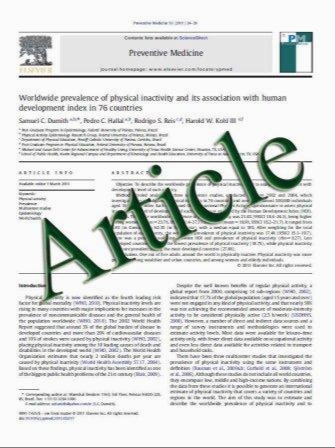Determining the origin of cells in tissue engineered skin substitutes: a pilot study employing in situ hybridization
- نوع فایل : کتاب
- زبان : انگلیسی
- مؤلف : Andreas Daniel Weber • Luca Pontiggia • Thomas Biedermann • Clemens Schiestl • Martin Meuli • Ernst Reichmann
- چاپ و سال / کشور: 2011
Description
Background Definitive and high-quality coverage of large and, in particular, massive skin defects remains a significant challenge in burn as well as plastic and reconstructive surgery because of donor site shortage. A novel and promising approach to overcome these problems is tissue engineering of skin. Clearly, before eventual clinical application, engineered skin substitutes of human origin must be grafted and then evaluated in animal models. For the various tests to be conducted it is indispensable to be able to identify human cells as such in culture and also to distinguish between graft and recipient tissue after transplantation. Here we describe a tool to identify human cells in vitro and in vivo. Methods In situ hybridization allows for the detection and localization of specific DNA or RNA sequences in morphologically preserved cells in culture or tissue sections, respectively. We used digoxigenin-labeled DNA probes corresponding to human-specific Alu repeats in order to identify human keratinocytes grown in culture together with rat cells, and also to label split and full thickness skin grafts of human origin after transplantation on immuno-incompetent rats. Results Digoxigenin-labeled DNA probing resulted in an intensive nuclear staining of human cells, both in culture and after transplantation onto recipient animals, while recipient animal cells (rat cells) did not stain. Conclusion In situ hybridization using primate-specificAlu probes reliably allows distinguishing between cells of human and non-human origin both in culture as well as in histological sections. This method is an essential tool for those preclinical experiments (performed on non-primate animals) that must be conducted before novel tissue engineered skin substitutes might be introduced into clinical practice.
Pediatr Surg Int (2011) 27:255–261 DOI 10.1007/s00383-010-2776-1 Published online: 12 November 2010


